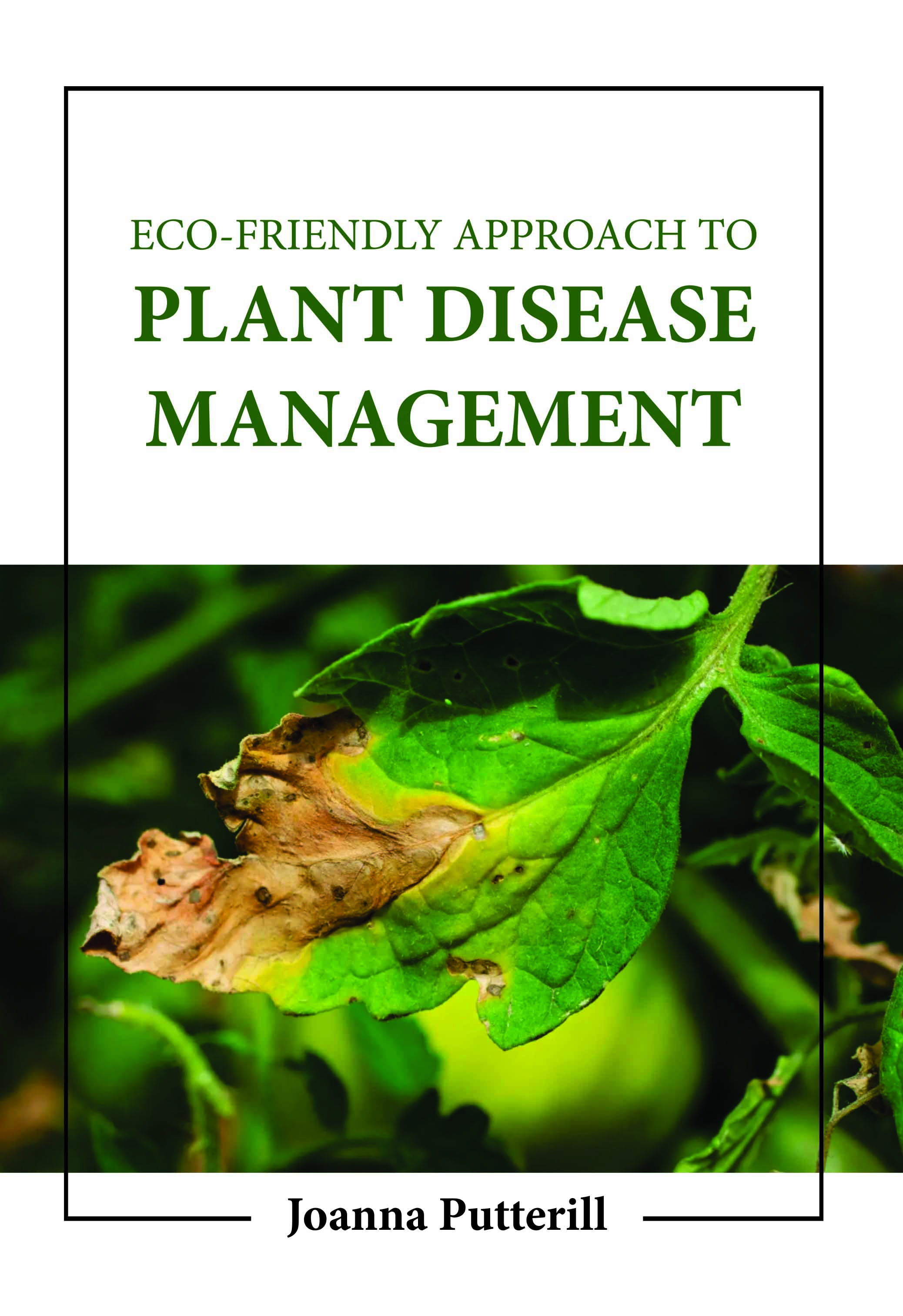
Eco-Friendly Approach to Plant Disease Management
by Joanna Putterill
| ISBN | 9781806246137 |
|---|---|
| Publisher | Digital Drive Learning |
| Copyright Year | 2026 |
| Price | $252.00 |

by Joanna Putterill
| ISBN | 9781806246137 |
|---|---|
| Publisher | Digital Drive Learning |
| Copyright Year | 2026 |
| Price | $252.00 |
This book aims to teach students the fundamental ideas and concepts behind managing plant diseases. Plant disease's physiological effects or symptoms are frequently used to categorize them. However, many diseases have the same symptoms and signs but are brought on by different bacteria or substances, necessitating entirely different control strategies. The classification of diseases based on their symptoms is also insufficient because a causal agent may generate a variety of symptoms, even on the same plant organ, several of which frequently coexist. In addition, the classification may take into account the affected plant species. Host indexes, or listings of diseases known to affect particular hosts in particular areas, nations, or continents, are useful in diagnosing. When an ostensibly novel disease is discovered on a recognized host, the causal agent is frequently identified by consulting the index for that host. One type of biological control is resistant plants to eradicate plant diseases. This chapter will discuss host resistance separately from microbial antagonists due to its significance. In IDM, using resistant varieties is a crucial tactic. While breeding for disease and insect resistance has traditionally been seen as a crucial component of apple breeding programs, the emphasis has typically been on on-field productivity with minimal focus on postharvest disease resistance and related decays. The diseases of economic significance caused by fungi, bacteria, viruses, and virus-like organisms of each crop are covered, with information on their history, distribution, losses sustained, symptoms, the most recent diagnostic tools, epidemiology, and integrated applied management approaches, including the use of cultural, chemical, genetic, and biological resources, as well as the use of biocontrol agents that are being widely used.